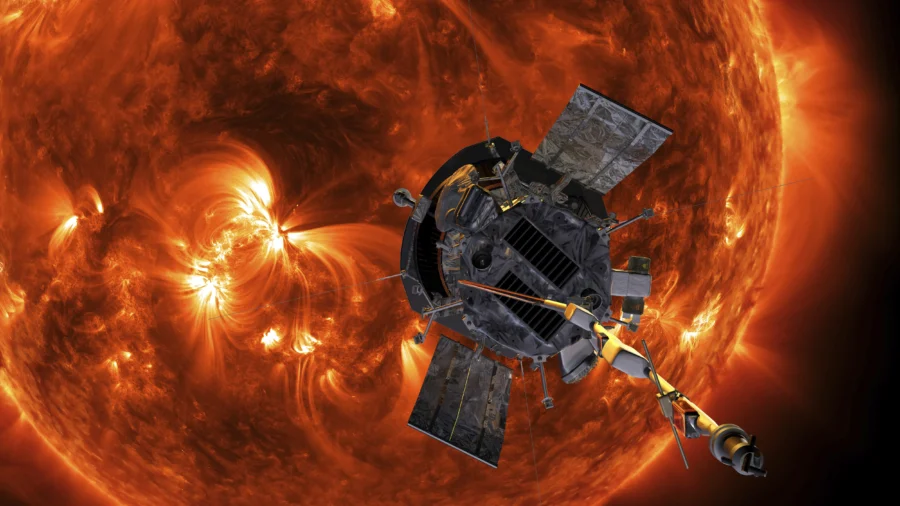NEW YORK—NASA’s Parker Solar Probe has successfully made the closest approach to the sun, the space agency confirmed Friday.
Earlier this week, the spacecraft passed within a record-breaking 3.8 million miles of the scorching star. NASA received an all-clear message from Parker on Thursday night confirming it survived the journey.
Launched in 2018 to get a close-up look at the sun, Parker has since flown straight through its crownlike outer atmosphere, or corona. With its close brush complete, the craft is expected to circle the sun at this distance through at least September.
It’s the fastest spacecraft built by humans, and hit 430,000 mph at closest approach. It is outfitted with a heat shield that can withstand scorching temperatures up to 2,500 degrees Fahrenheit (1,370 degrees Celsius).
Scientists hope the data from Parker will help them better understand why the sun’s outer atmosphere is hundreds of times hotter than its surface and what drives the solar wind, the supersonic stream of charged particles constantly blasting away from the sun.
By Adithi Ramakrishnan

